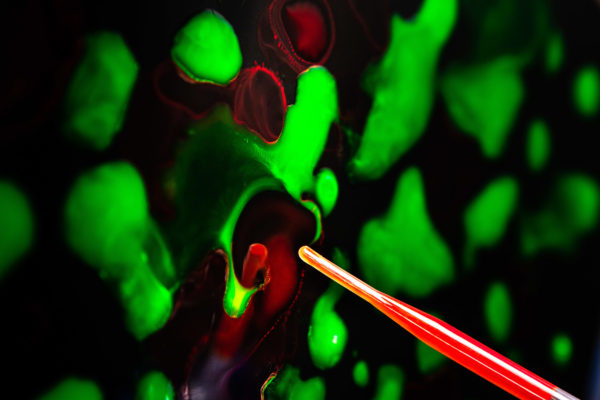Lianzhou Wang, Yang Bai and their team at University of Queensland achieved a certified power conversion efficiency of 16.6% on 0.1 cm2 substrate for quantum dot solar cells. The result was published in Nature Energy on Jan. 20, 2020.
This UQ team achieved the efficiency enhancement through the use of surface engineering strategy, which improved the optoelectronic quality of perovskite quantum dots.
Quantum dots are attractive for the PV research community because of its versatility, which means they can be tuned optically. Quantum dots offer broader absorption range for photon absorption, higher energy band gap and ability to change material composition in perovskite solar cells. This increases the voltage and in turn the solar cell’s power conversion efficiency.
The quantum dot solar cells retained 94% of the original power conversion efficiency under continuous 1-sun illumination for 600 h. Bai added that the team is currently undertaking research on further extending the life of these solar cells. The UQ researchers are also working on applying more stable charge transport layers to enhance stability.
Potential applications
Another attractive feature of these perovskite quantum dot solar cells is that they are more sensitive to light compared to commercial silicon solar cells. Hence, under indoor conditions, they can power small electronic devices.
Quantum dot ink can also be easily coated on rigid and flexible substrates. Flexible quantum dot solar cells offer broad applications for example, they can be applied on wearable technology, cars, and in BIPV applications. According to Yang Bai, quantum dots can also be used in other applications such as sensors, light emitters, and display applications such quantum LED televisions.
The team is currently working on scaling up the technology towards testing on full-module size solar panels, which will pave the way for commercialisation. Given that the team has achieved the world record efficiency for quantum dot solar cells, is has opened up opportunities for further research for commercial viability.
The commercial arm of University of Queensland, UniQuest, is working on scaling up the technology for potential commercialisation.
The project was funded by Uniquest and Australian Research Council’s Discovery Programs.
The article was published on journal Nature Energy as: “Ligand-assisted cation-exchange engineering for high-efficiency colloidal Cs1−xFAxPbI3 quantum dot solar cells with reduced phase segregation”.
This content is protected by copyright and may not be reused. If you want to cooperate with us and would like to reuse some of our content, please contact: editors@pv-magazine.com.









By submitting this form you agree to pv magazine using your data for the purposes of publishing your comment.
Your personal data will only be disclosed or otherwise transmitted to third parties for the purposes of spam filtering or if this is necessary for technical maintenance of the website. Any other transfer to third parties will not take place unless this is justified on the basis of applicable data protection regulations or if pv magazine is legally obliged to do so.
You may revoke this consent at any time with effect for the future, in which case your personal data will be deleted immediately. Otherwise, your data will be deleted if pv magazine has processed your request or the purpose of data storage is fulfilled.
Further information on data privacy can be found in our Data Protection Policy.